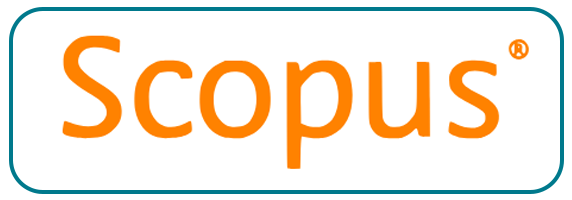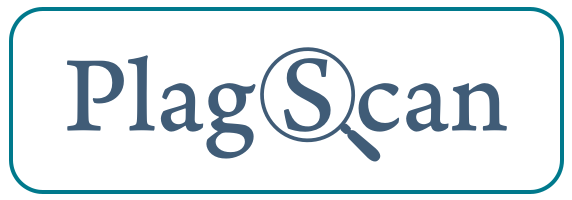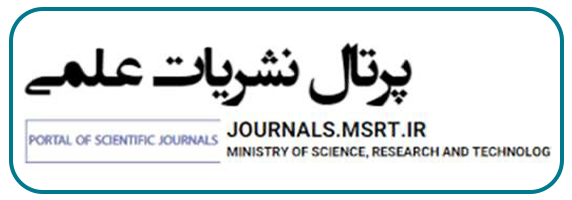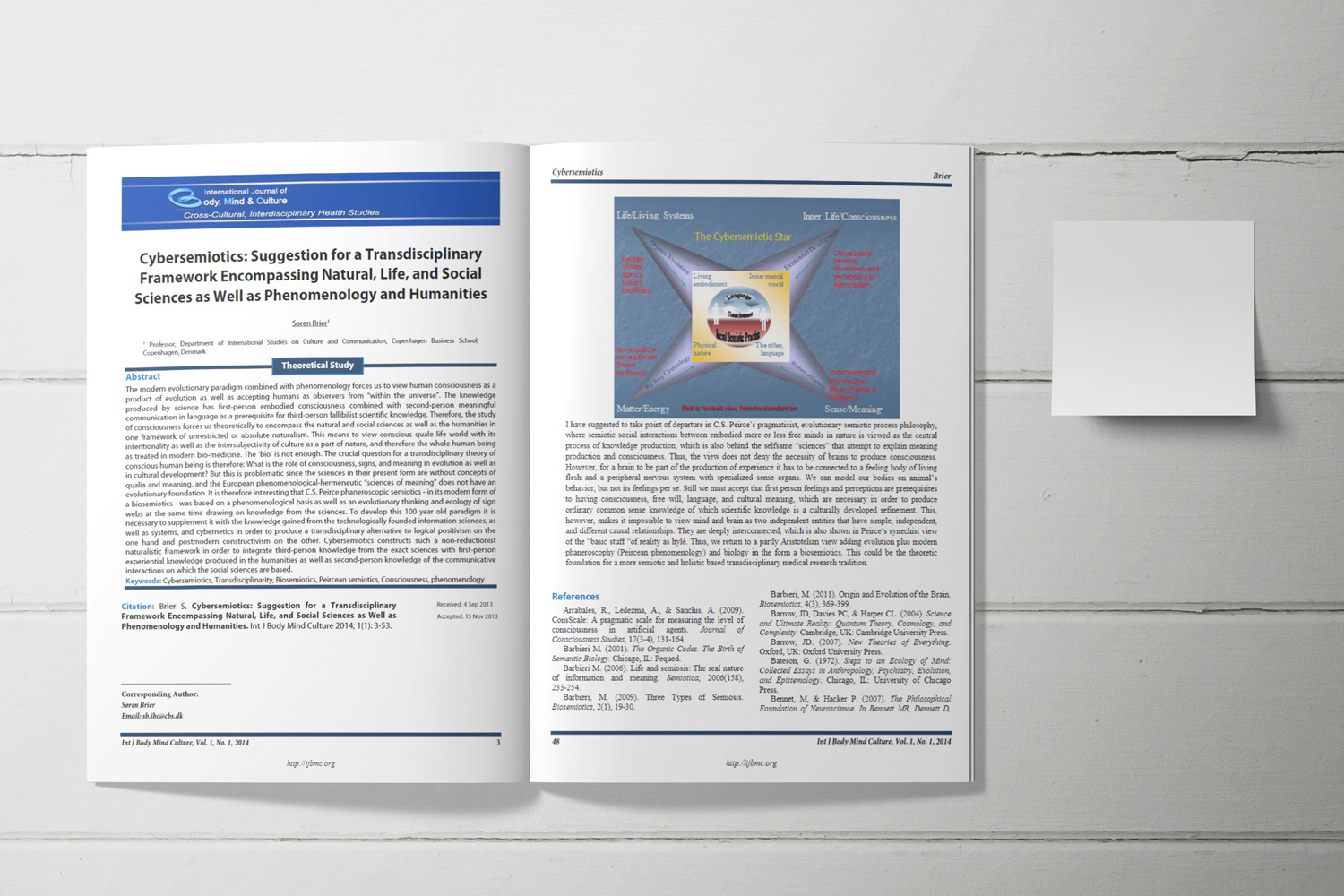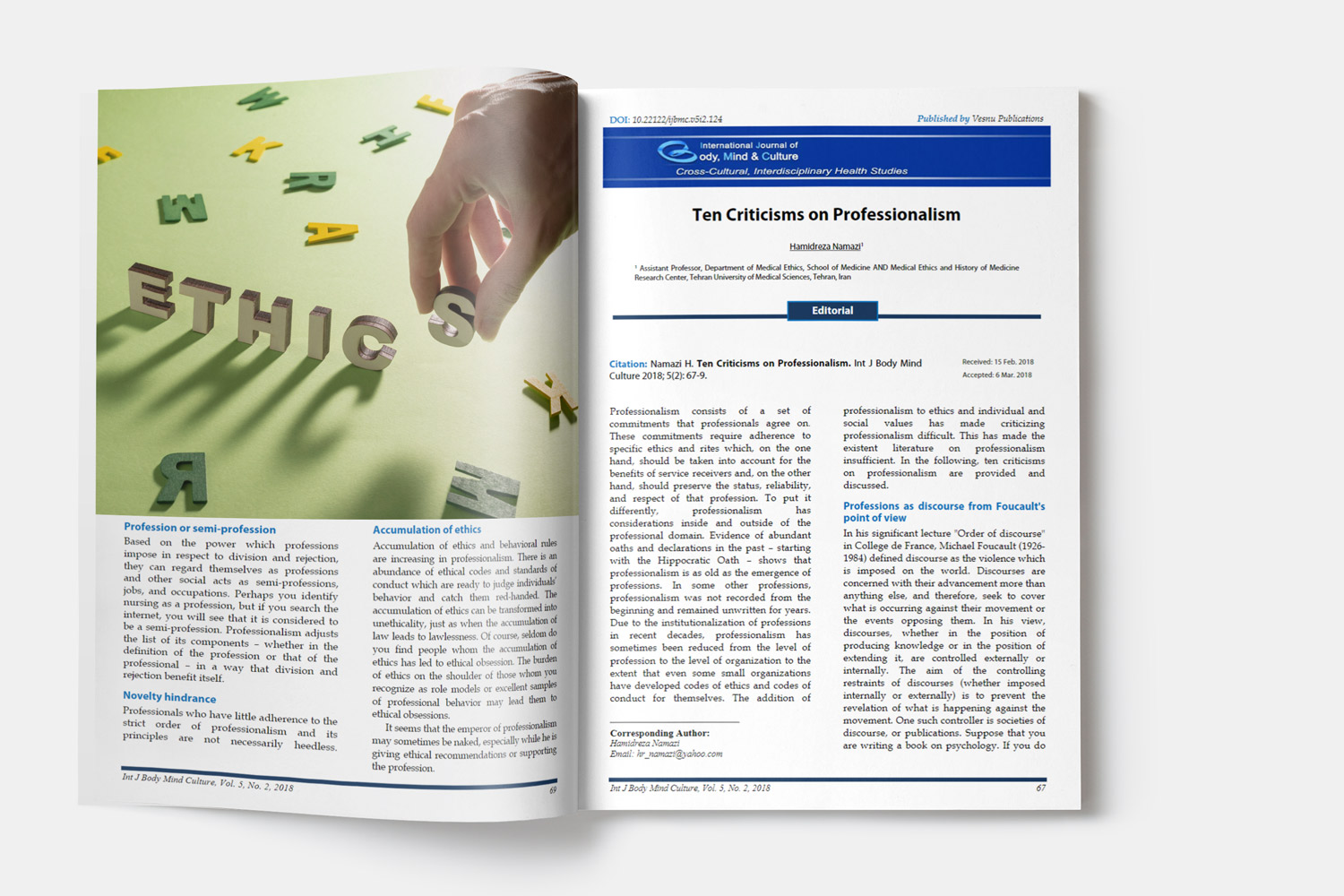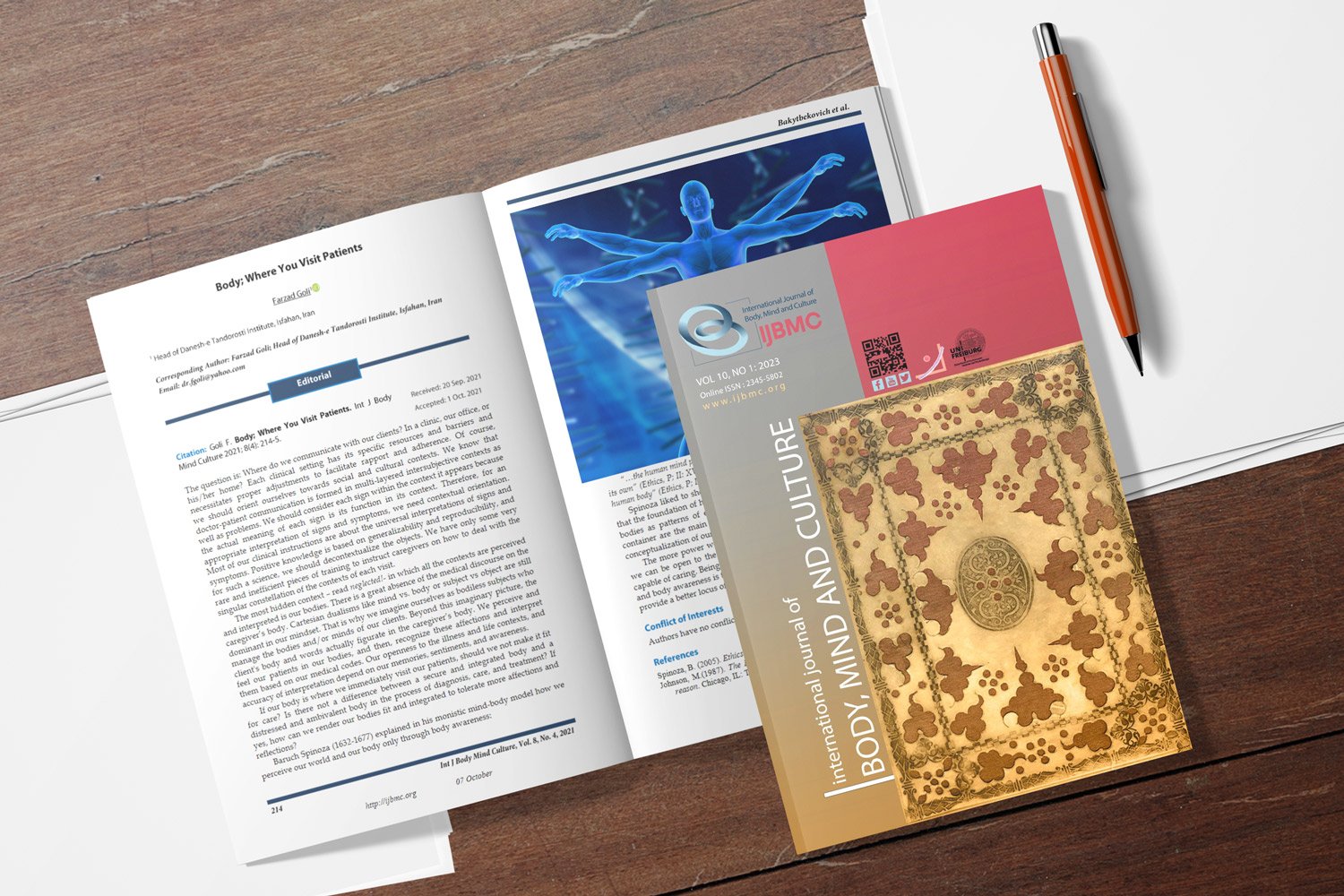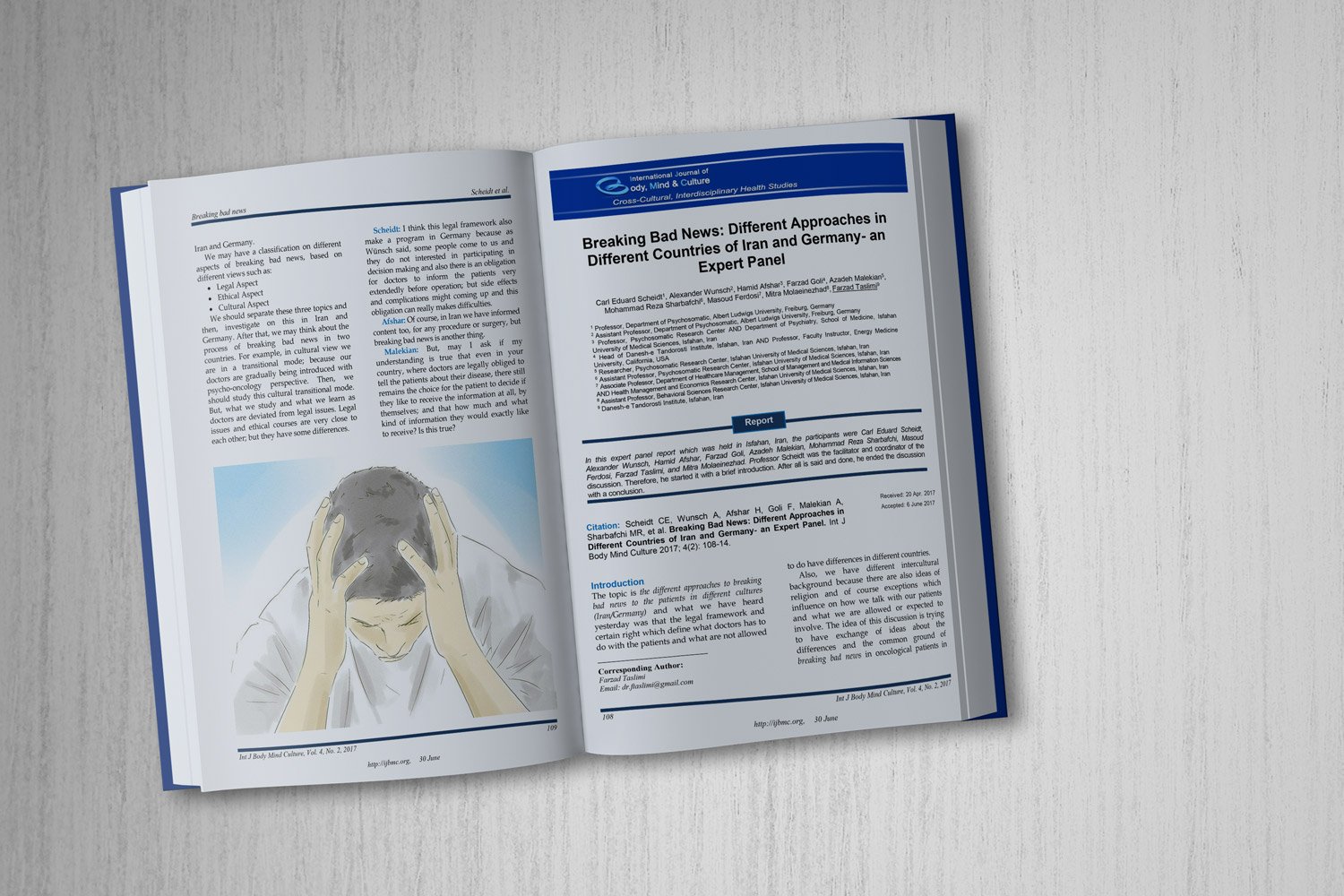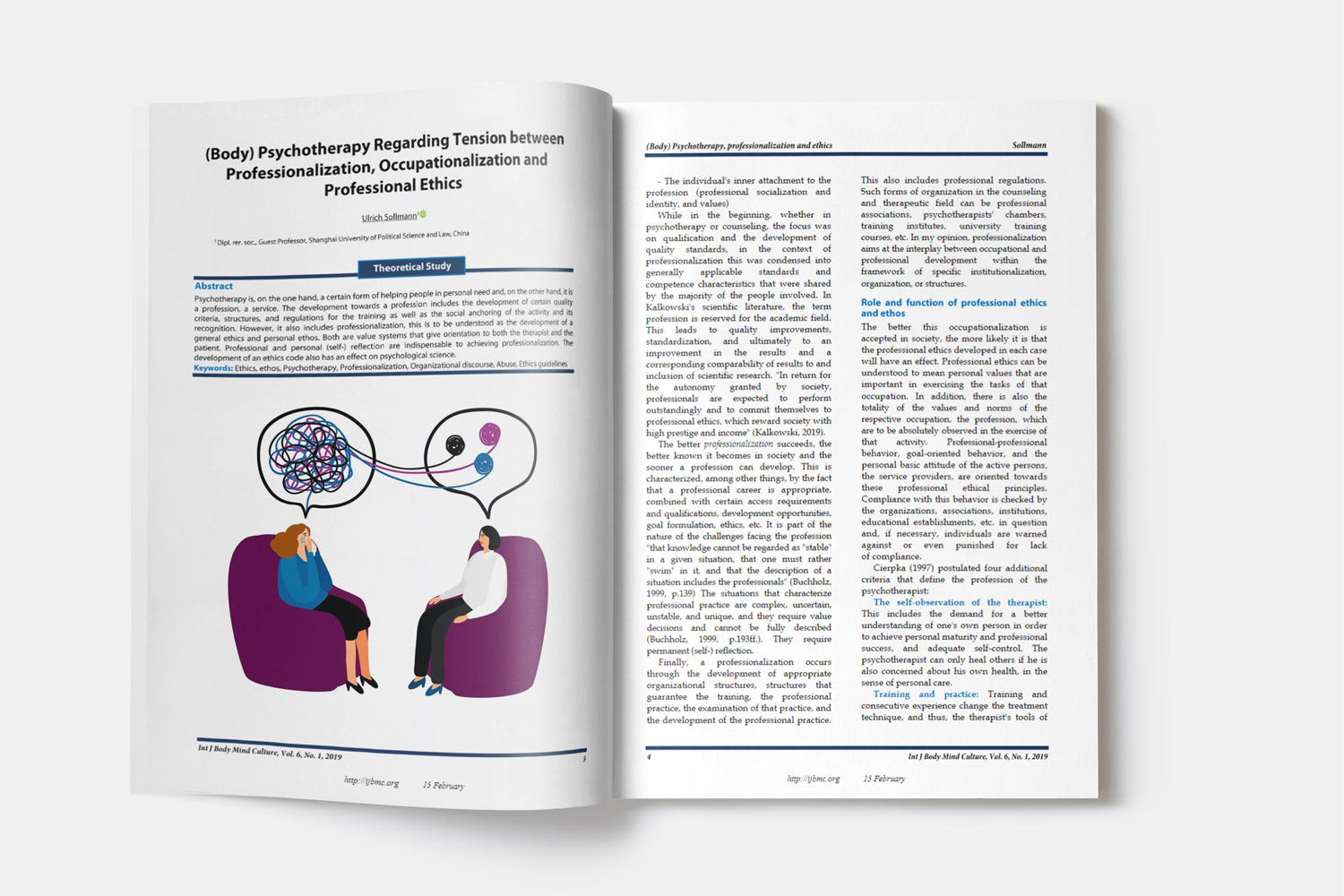The The Epidemiology of Eating Disorders in the Iranian People: A Systematic Review
Eating disorders in the Iranian people
Downloads
Objective: Eating disorders are one the psychosomatic disorders, and their prevalence is increasing. This study aimed to determine the status of eating disorders in the Iranian people.
Methods and Materials: The reviewed papers are found based on Internet searches and in Iranmedex, SID, Magiran, Google Scholar, and PubMed databases. Recent 7-year papers were reviewed in this study. "Eating Disorders," Anorexia Nervosa, "Bulimia," and “Iran" keywords were used to search in international databases. First, a list of titles and abstracts of all papers searched in internal databases was prepared, and this was performed independently by two researchers. Subsequently, the full text of the selected papers was examined. Finally, 8 papers were selected based on the inclusion and exclusion criteria. The full texts were taken, and two members of the team extracted the required items.
Findings: Eating disorders were common in adolescents, with a higher prevalence in females (%26.4) compared to males (%11.8). The overall risk of eating disorders was 3.8% in the general population, and the overall prevalence of eating disorders in Iranian youngsters and adolescents was %14.2. The risk of eating disorders was 9.5% (7.5 and 10.5% in Iranian male and female students, respectively). The prevalence of eating disorders in the Iranian population was moderate compared to the other countries, and it was more than in Spain and Portugal and less than in Italy and Turkey.
Conclusion: In Iran, studies show that the prevalence, age, and gender pattern of eating disorders are comparable to other studies; however, Iranian studies suggest a prevalence of bulimia nervosa, which may be related to sociocultural factors.
Downloads
Alfalahi, M., Mahadevan, S., Balushi, R. A., Chan, M. F., Saadon, M. A., Al-Adawi, S., & Qoronfleh, M. W. (2022). Prevalence of eating disorders and disordered eating in Western Asia: a systematic review and meta-Analysis. Eating Disorders, 30(5), 556-585. https://doi.org/10.1080/10640266.2021.1969495
Alipour, B., Abbasalizad Farhangi, M., Dehghan, P., & Alipour, M. (2015). Body image perception and its association with body mass index and nutrient intakes among female college students aged 18-35 years from Tabriz, Iran. Eating and Weight Disorders, 20, 465-471. https://doi.org/10.1007/s40519-015-0184-1
Babar, N., Alam, M., Ali, S. S., Ansari, A., Atiq, M., Awais, A., & Israr, S. M. (2002). Anorexic behaviour and attitudes among female medical and nursing students at a private university hospital. Journal of Pakistan Medical Association, 52(6), 272. https://pubmed.ncbi.nlm.nih.gov/12481642/
Christian, M. (2020). Biological, cultural, and psychological factors that may predispose young adults to anorexia nervosa, bulimia nervosa, and binge eating disorders https://scholarsjunction.msstate.edu/td/884/
Demirel, P., Bradauskienė, V., & Moščenkova, J. (2020). Nutritional therapy for patients with eating disorders. Versl. technol. biomed., inov. įžvalg., 2020(1), 40-50.
Elwakeel, S. A. (2024). The Effectiveness of Integrative Psychological Therapy in Reducing Bulimia Nervosa Disorder and Some Associated Disorders Among Female University Students. Dirasat Human and Social Sciences, 51(2), 137-159. https://doi.org/10.35516/hum.v51i2.3152
Galmiche, M., Déchelotte, P., Lambert, G., & Tavolacci, M. P. (2019). Prevalence of eating disorders over the 2000-2018 period: a systematic literature review. American Journal of Clinical Nutrition, 109(5), 1402-1413. https://doi.org/10.1093/ajcn/nqy342
Garrusi, B., & Baneshi, M. R. (2013). Eating disorders and their associated risk factors among Iranian population-a community based study. Global Journal of Health Science, 5(1), 193. https://doi.org/10.5539/gjhs.v5n1p193
Haji Seyed Taghiya Taghavi, Z. S., Meschi, F., & Shahidi Nejad, T. (2019). Comparison of Perfectionism and Parental Bonding between People with Eating Disorder and Healthy Individuals. International Journal of Body, Mind and Culture, 6(4), 231-237. https://doi.org/10.22122/ijbmc.v6i4.165
Hauck, C., Cook, B., & Ellrott, T. (2020). Food addiction, eating addiction and eating disorders. Proceedings of the Nutrition Society, 79(1), 103-112. https://doi.org/10.1017/S0029665119001162
Herzog, D. B., & Eddy, K. T. (2009). Eating disorders: what are the risks? Journal of the American Academy of Child & Adolescent Psychiatry, 48(8), 782. https://doi.org/10.1097/CHI.0b013e3181aa03d7
Hudson, J. I., Hiripi, E., Pope Jr, H. G., & Kessler, R. C. (2007). The prevalence and correlates of eating disorders in the National Comorbidity Survey Replication. Biological Psychiatry, 61(3), 348-358. https://doi.org/10.1016/j.biopsych.2006.03.040
Irandoust, K., Parsakia, K., Estifa, A., Zoormand, G., Knechtle, B., Rosemann, T., Weiss, K., & Taheri, M. (2024). Predicting and comparing the long-term impact of lifestyle interventions on individuals with eating disorders in active population: a machine learning evaluation [Original Research]. Frontiers in Nutrition, 11. https://doi.org/10.3389/fnut.2024.1390751
Jahanfar, S. H., Maleki, H., & Mosavi, A. R. (2005). Subclinical eating disorder, polycystic ovary syndrome-is there any connection between these two conditions through leptin-a twin study. Medical Journal of Malaysia, 60(4), 441-446. https://pubmed.ncbi.nlm.nih.gov/16570705/
Jalali-Farahani, S., Chin, Y. S., Mohd Nasir, M. T., & Amiri, P. (2015). Disordered eating and its association with overweight and health-related quality of life among adolescents in selected high schools of Tehran. Child Psychiatry and Human Development, 46, 485-492. https://doi.org/10.1007/s10578-014-0489-8
Kessler, R. C., Berglund, P. A., Chiu, W. T., Deitz, A. C., Hudson, J. I., Shahly, V., & Xavier, M. (2013). The prevalence and correlates of binge eating disorder in the World Health Organization World Mental Health Surveys. Biological Psychiatry, 73(9), 904-914. https://doi.org/10.1016/j.biopsych.2012.11.020
Khalsa, S. S., Portnoff, L. C., McCurdy-McKinnon, D., & Feusner, J. D. (2017). What happens after treatment? A systematic review of relapse, remission, and recovery in anorexia nervosa. Journal of Eating Disorders, 5(1), 1-12. https://doi.org/10.1186/s40337-017-0145-3
Lee, S., & Lee, A. M. (2000). Disordered eating in three communities of China: A comparative study of female high school students in Hong Kong, Shenzhen, and rural Hunan. International Journal of Eating Disorders, 27(3), 317-327. https://doi.org/10.1002/(SICI)1098-108X(200004)27:3<317::AID-EAT9>3.0.CO;2-2
Masheb, R. M., Ramsey, C. M., Marsh, A. G., Decker, S. E., Maguen, S., Brandt, C. A., & Haskell, S. G. (2021). DSM-5 eating disorder prevalence, gender differences, and mental health associations in United States military veterans. International Journal of Eating Disorders, 54(7), 1171-1180. https://doi.org/10.1002/eat.23501
Meczekalski, B., Podfigurna-Stopa, A., & Katulski, K. (2013). Long-term consequences of anorexia nervosa. Maturitas, 75(3), 215-220. https://doi.org/10.1016/j.maturitas.2013.04.014
Merikangas, K. R., He, J. P., Burstein, M., Swanson, S. A., Avenevoli, S., Cui, L., & Swendsen, J. (2010). Lifetime prevalence of mental disorders in US adolescents: results from the National Comorbidity Survey Replication-Adolescent Supplement (NCS-A). Journal of the American Academy of Child and Adolescent Psychiatry, 49(10), 980-989. https://doi.org/10.1016/j.jaac.2010.05.017
Mohammadi, M. R., Ahmadi, N., Khaleghi, A., Mostafavi, S. A., Kamali, K., Rahgozar, M., & Fombonne, E. (2019). Prevalence and correlates of psychiatric disorders in a national survey of Iranian children and adolescents. Iran Journal of Psychiatry, 14(1), 1. https://doi.org/10.18502/ijps.v14i1.418
Mohammadi, M. R., Mostafavi, S. A., Hooshyari, Z., Khaleghi, A., Ahmadi, N., Molavi, P., & Zarafshan, H. (2020). Prevalence, correlates and comorbidities of feeding and eating disorders in a nationally representative sample of Iranian children and adolescents. International Journal of Eating Disorders, 53(3), 349-361. https://doi.org/10.1002/eat.23197
Naeimi, A. F., Haghighian, H. K., Gargari, B. P., Alizadeh, M., & Rouzitalab, T. (2016). Eating disorders risk and its relation to self-esteem and body image in Iranian university students of medical sciences. Eating and Weight Disorders, 21, 597-605. https://doi.org/10.1007/s40519-016-0283-7
Nobakht, M., & Dezhkam, M. (2000). An epidemiological study of eating disorders in Iran. International Journal of Eating Disorders, 28(3), 265-271. https://doi.org/10.1002/1098-108X(200011)28:3<265::AID-EAT3>3.0.CO;2-L
Papadopoulos, F. C., Ekbom, A., Brandt, L., & Ekselius, L. (2009). Excess mortality, causes of death and prognostic factors in anorexia nervosa. British Journal of Psychiatry, 194(1), 10-17. https://doi.org/10.1192/bjp.bp.108.054742
Pascual-Vera, B., Akin, B., Belloch, A., Bottesi, G., Clark, D. A., Doron, G., & Sica, C. (2019). The cross-cultural and transdiagnostic nature of unwanted mental intrusions. International Journal of Clinical and Health Psychology, 19(2), 85-96. https://doi.org/10.1016/j.ijchp.2019.02.005
Rahmani, M., Omidi, A., & Rahmani, F. (2018). The Effect of Unified Therapy on Quality of Life in Patients with Eating Disorder. International Journal of Body, Mind and Culture, 5(1), 39-45. https://doi.org/10.22122/ijbmc.v5i1.115
Rauof, M., Ebrahimi, H., Jafarabadi, M. A., Malek, A., & Kheiroddin, J. B. (2015). Prevalence of eating disorders among adolescents in the Northwest of Iran. Iran Red Crescent Medical Journal, 17(10). https://ircmj.com/article_200299.html
Rezaei, M., Aflakseir, A., & Ghayour, M. (2015). Prevalence of eating disorders and obesity in female student of Shiraz University. Iranian Journal of Nursing Research, 10(3), 36-42. https://ijnr.ir/browse.php?a_id=1561&sid=1&slc_lang=en
Rizzo, A., Costantino, E., Peronace, D., Alfa, R., & Di Pauli, D. (2024). Obesity and Eating Disorders: Evidences for Differentiation. KMAN Counseling & Psychology Nexus, 10-19. https://journals.kmanpub.com/index.php/psychnexus/article/view/2765
Şaban, H. (2024). Anorexia Nervosa and Bulimia Nervosa. Vision International Refereed Scientific Journal, 1, 27-46. https://doi.org/10.55843/ivisum241027sh
Sadeghzadeh, R., Sheibeh, Z., Solat, F., Naeiji, M. R., Mirzai, F., & Damavandi, M. (2023). Effectiveness of Emotional Regulation Training on Parenting Style Related to Parental Obesity and Weight Management in Adolescents with Bulimia Nervosa. Journal of Assessment and Research in Applied Counseling (JARAC), 5(5), 85-92. https://doi.org/10.61838/kman.jarac.5.5.11
Safarzade, S., & Mahmoody Khorandi, Z. (2015). Survey on eating disorders (mental anorexia, bulimia) among 13-18-year-old adolescents of Gonabad city in 2014. Journal of Rafsanjan University of Medical Sciences, 14(5), 393-404. https://journal.rums.ac.ir/article-1-2457-en.html
Sahlan, R. N., Taravatrooy, F., Quick, V., & Mond, J. M. (2020). Eating-disordered behavior among male and female college students in Iran. Eating Behavior, 37, 101378. https://doi.org/10.1016/j.eatbeh.2020.101378
Schoen, E., Brock, R., & Hannon, J. (2019). Gender bias, other specified and unspecified feeding and eating disorders, and college students: a vignette study. Eating Disorders, 27(3), 291-304. https://doi.org/10.1080/10640266.2018.1504536
Smink, F. R., van Hoeken, D., & Hoek, H. W. (2013). Epidemiology, course, and outcome of eating disorders. Current Opinion in Psychiatry, 26(6), 543-548. https://doi.org/10.1097/YCO.0b013e328365a24f
Thomas, J., Khan, S., & Abdulrahman, A. A. (2010). Eating attitudes and body image concerns among female university students in the United Arab Emirates. Appetite, 54(3), 595-598. https://doi.org/10.1016/j.appet.2010.02.008
Westmoreland, P., Krantz, M. J., & Mehler, P. S. (2016). Medical complications of anorexia nervosa and bulimia. American Journal of Medicine, 129(1), 30-37. https://doi.org/10.1016/j.amjmed.2015.06.031
Wu, J., Liu, J., Li, S., Ma, H., & Wang, Y. (2020). Trends in the prevalence and disability-adjusted life years of eating disorders from 1990 to 2017: results from the Global Burden of Disease Study 2017. Epidemiology and Psychiatric Sciences, 29, e191. https://doi.org/10.1017/S2045796020001055
Copyright (c) 2024 International Journal of Body, Mind and Culture

This work is licensed under a Creative Commons Attribution-NonCommercial 4.0 International License.

